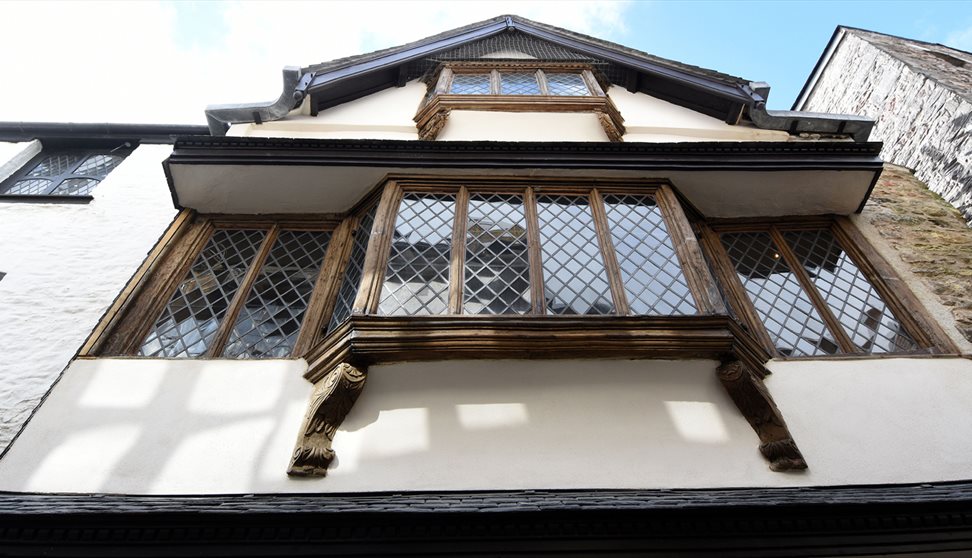Elizabethan House
The Barbican
Plymouth
Devon
PL1 2NA
Prices
Adults £5 | Concessions/Children £2.50
About us
The Elizabethan House is now closed for the Winter and will re-open in Spring 2026.
The historic property, which dates from the late 1500s when Plymouth was a thriving port, has survived the slum clearances of the early 1900s and the Blitz of World War Two. After undergoing vital structural and strengthening works, it’s been reinterpreted as an immersive visitor experience, shining a light on some of the people who’ve lived in it over the past 400 years.
The new attraction takes visitors on an immersive yet authentic journey through its history, as well as offering an insight into the history of Plymouth’s Barbican area, and introduces them to some of the people who have lived in the House since it was built 400 years ago.
Each room is dressed with a series of carefully selected props to enhance the stories even more – from a dreidel to represent the Jewish owner of the House to a fishing rod to symbolise a fisherman lost at sea. Other objects, some of which have been specially commissioned, include Wedgwood pottery, clay marbles and a christening dress, in memory of the babies who sadly died in the House.
Look around the House at your leisure and chat to our staff and volunteers if you'd like more information. The audio-visual elements will be set to ‘ambient’ mode, offering background sounds to enhance the props and scenes in each of the rooms.
The Elizabethan House will be open until Saturday 27 September 2025 Friday-Saturday, 12pm-4pm. Last entries are at 3.30pm
Details of admission prices and more information to help you plan your visit can be found at Elizabethan House | Outside The Box | The Box Plymouth.
The restoration of Elizabethan House was led by a project team from Destination Plymouth and Plymouth City Council working with specialist heritage architects Dittrich Hudson Vasetti. The restoration has been funded by Plymouth City Council, Mayflower 400, the National Lottery Heritage Fund, Coastal Revival Fund, Historic England and The Pilgrim Trust. Work included internal and external structural repairs, the strengthening of the floors and foundations, a new two-storey extension to the rear of the property and authentic decoration of all the rooms.


 to add an item to your Itinerary basket.
to add an item to your Itinerary basket.














